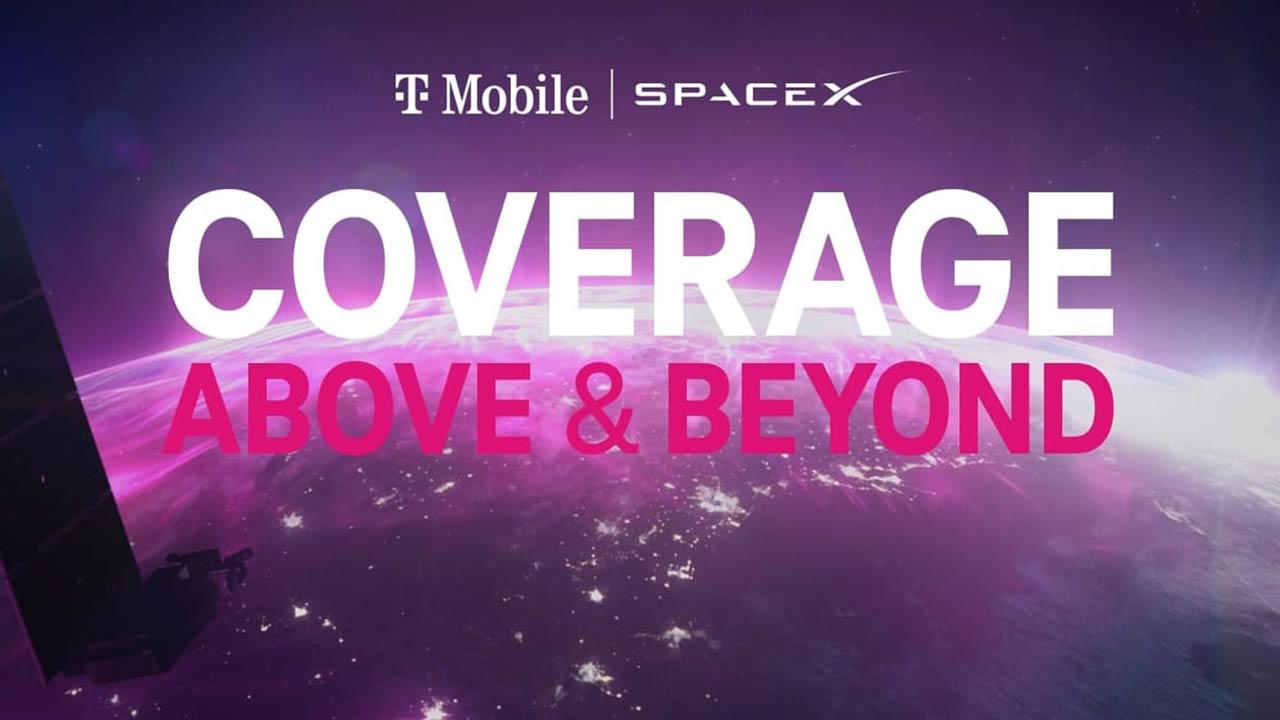Starlink Expands To Iphones—But Does It Even Need Carriers?

Through a partnership with T-Mobile (T) and Apple (AAPL), Starlink’s direct-to-device satellite service is now available on iPhones. Previously Android-only, the service works where there’s no traditional cell signal. It’s just text for now, but voice and data are coming soon.
For now, the T-Mobile-Apple-Starlink system is in a limited beta and only available in the U.S. Apple already works with Globalstar for emergency satellite messaging, so this system gives iPhones two ways to bypass the need for a carrier connection. This raises a question: When Starlink reaches a critical mass of satellites, will traditional carriers become optional?
At the moment, the need for these partnerships is not solely due to the current number of satellites but also involves regulatory considerations and the desire to provide a comprehensive and reliable service. By partnering with established carriers, Starlink can leverage existing infrastructure and spectrum allocations, facilitating a more efficient rollout of its services. While expanding the satellite constellation is a priority, partnerships with carriers will continue to be a component of Starlink’s strategy – at least for now.
More By This Author:
What Did You Learn From Wall Street’s DeepSeek Moment?
Snatching Defeat From the Jaws of Victory
DeepSeek-R1: The Exception That Could Redefine AI
Disclosure: This is not a sponsored post. I am the author of this article and it expresses my own opinions. I am not, nor is my company, receiving compensation for it.



